Earth in Space test study set
1/62
Earn XP
Description and Tags
Shout-out to the annoying, bitchy, on her death bed, yaps half the period, can't teach, Miss Pellitier!!!
Name | Mastery | Learn | Test | Matching | Spaced |
|---|
No study sessions yet.
63 Terms
Revolution/orbital motion
The movement of one object around another object.
Orbit
The path a revolving object follows
Gravity
The reason why Earth moves around the Sun.
Earth rotates in a _____ motion
counterclockwise
How long does Earth take to complete one rotation
24 hours or one day
The Sun shines on the part of the Earth that ___ the Sun
faces
Regions near the ___ recieve less energy than regions near the equator
poles
The part of the Earth tilted toward the Sun experiences ____ and _
spring and summer
The part of the Earth tilted away from the Sun experiences the seasons ___ and ____
fall and winter
What happens during a solstice?
Earth’s rotational axis is the most towards or away from the Sun.
What marks the first day of summer in the northern hemisphere?
The June Solstice or the Summer Solstice
What marks the first day of winter during the northern hemisphere?
The December Solstice or Winter Solstice
What happens during an equinox?
The Earth’s axis does not lean towards or away from the Sun.
What marks the first day of fall in the northern hemisphere?
The September equinox or autumnal equinox
What marks the first day of spring in the northern hemisphere?
The March equinox or vernal equinox
Unlike the Sun, the moon does not emit its own ___
light
The amount of time it takes the Moon to revolve once around the Earth
around 27.3 days
Which side of the Moon always faces the Earth?
The near side of the Moon.
Which side of the Moon cannot be seen from Earth?
The far side of the Moon.
A phase
The lit part of the Moon or a planet that can be seen from Earth
Why do phases of the moon change?
The revolution of the Moon around Earth
Waxing phases
When more of the Moon’s near side is lit each night
Waning phases
When less of the Moon’s near side is lit each night
After the first week of the lunar cycle, the Moon’s entire __ half is lit.
right
What is it called when the Moon’s entire right side is lit?
first quarter moon
Which phase happens during the third week of the cycle, when only the left half of the Moon is lit?
Third quarter moon
Which side is lit during a third quarter moon?
The complete left side of the Moon
What is the last phase of the lunar cycle?
New moon
Eclipse
When one object blocks the light of another object
Light from a _____ source forms a shadow with lighter and darker parts
wide/vast
In the umbra, light is ____ blocked
fully/completely
In the ___, light is fully/completely blocked
umbra
Umbra
The darker central part of the shadow
Penumbra
the lighter part of a shadow
When the Moon passes between the Earth and the Sun, it casts a shadow on ___
Earth
What happens during a solar eclipse?
The Moon’s shadow passes over Earth’s surface.
When is the only time a solar eclipse can occur?
A solar eclipse can only occur during a new moon.
If you are in the umbra of the Moon’s shadow, you see a ___ solar eclipse.
total
If you are in the penumbra of the Moon’s shadow, you see a ____ solar eclipse.
partial
What happens during a lunar eclipse?
The Earth casts a shadow on the Moon.
What is the moon phase that a lunar eclipse occurs at?
A lunar eclipse occurs during the full moon phase.
When the entire Moon passes through the Earth’s shadow, a total ___ ____ occurs.
lunar eclipse
When the entire Moon passes through the Earth’s ___, a total lunar eclipse occurs.
shadow
When only part of the Moon passes through the umbra of Earth’s shadow, a ___ lunar eclipse occurs.
partial
When only part of the Moon passes through the ___ of Earth’s shadow, a partial lunar eclipse occurs.
umbra
Why do you not see a lunar eclipse every month?
The Moon’s orbit is slightly tilted compared to the Earth’s orbit.
Earth rotates on an ___ completing one trip in 24 hours causing day and night
axis
Earth rotates on an axis completing one trip in __ ___ causing day and night
24 hours
Earth rotates on an axis completing one trip in 24 hours causing __ __ __
day and night
orbit
Earth revolves in an ___ completing one trip in 365.25 days causing the passage of a year
365.25 days
Earth revolves in an orbit completing one trip in ____ __ causing the passage of a year
the passage of a year
Earth revolves in an orbit completing one trip in 365.25 days causing __ _____ _ _ __
waxing crescent
What phase comes after the new moon?
waning gibbous
what phase comes after the full moon?
Scientists believe there might be water on the Moon because Moon rocks show the presence of water bearing minerals and deep craters could be holding onto water ice.
Why do scientists believe there might be water on the Moon?
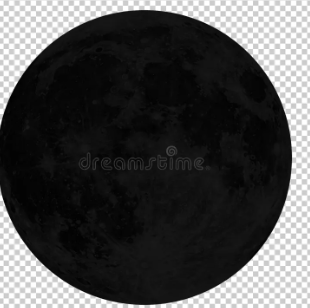
filler
New moon
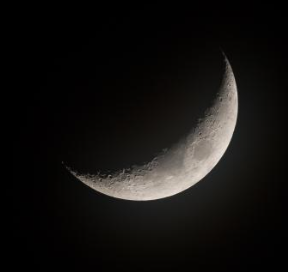
filler
Waxing crescent moon

fillerr
First quarter
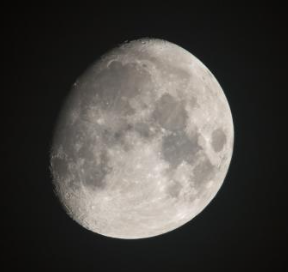
filler
Waxing gibbous moon
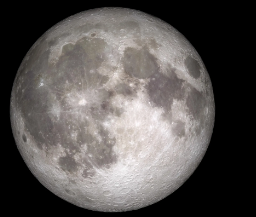
filler
Full moon
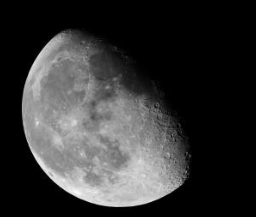
filler
Waning gibbous moon
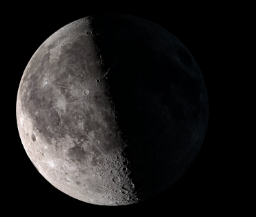
filler
Third quarter moon

filler
Waning crescent moon